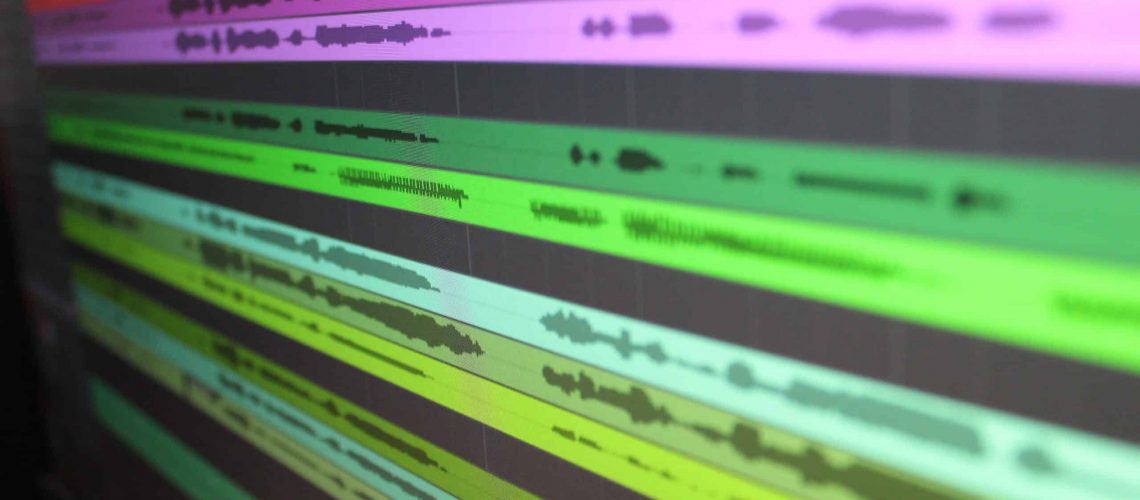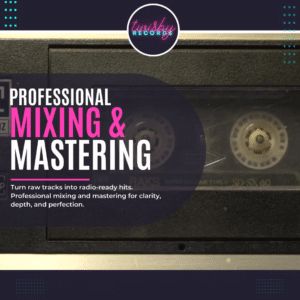Hello again my friends!
I’m excited to talk about one of my favorite topics today: summing in audio mixing. “That’s great. but what is summing?”, you may be thinking.
Summing is the way we combine multiple audio signals into a single output, ensuring that the final mix sounds cohesive and harmonious.
We’re gonna be delving into every facet of summing, focusing on both analog and digital summing. We’ll compare and contrast the two, giving you a comprehensive list of pros and cons, so you can make an informed decision on which method is best for you. Let’s go get this bread!
Table of Contents
Analog Summing: The Classic Approach

Analog summing has been around for ages, and it’s still widely used by many audio engineers today. Let’s explore what analog summing is all about.
1. The Absolute Basics Of Analog Summing
Analog summing is the process of combining multiple analog audio signals into a single output using a summing mixer. In an analog summing mixer, each input channel has a dedicated amplifier, which is used to control the level of that specific channel. The signals from all the input channels are then combined and sent to the output bus.
2. The Warmth Factor
One of the biggest draws of analog summing is the “warmth” it can impart to the final mix. This warmth is often attributed to the subtle distortion, saturation, and harmonic content introduced by the analog circuitry. Many audio engineers believe that this subtle coloration adds a pleasing character to the mix.
3. The Non-Linear Nature
Analog summing mixers exhibit non-linear behavior, which means that the relationship between the input and output signals isn’t always consistent. This non-linear behavior can introduce subtle, pleasing harmonic content and other artifacts that can enhance the final mix.
Enough Basics, Let’s Go Deeper
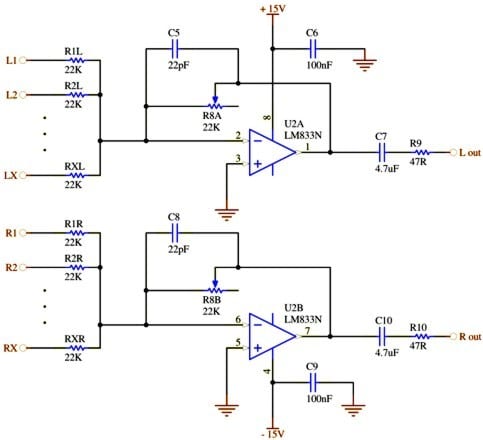
4. Analog Signal Path
One aspect of analog summing that sets it apart from digital summing is the signal path. In an analog summing mixer, the audio signals travel through physical components, such as resistors, capacitors, transformers, and tubes, all of which can contribute to the sound quality. This complex interaction between the components and the audio signal can result in subtle yet desirable changes to the overall mix.
5. Crosstalk
Crosstalk is a phenomenon that occurs when an electrical signal from one channel “bleeds” into another channel, causing unintended signal interaction. In analog summing mixers, crosstalk is often seen as a disadvantage, as it can lead to a less defined stereo image. However, some engineers argue that crosstalk can contribute to a more cohesive and “glued” mix, as the signals in each channel interact with one another in subtle ways.
6. Analog Noise
Analog summing mixers are inherently noisier than digital summing systems due to the noise introduced by the various analog components. This noise can be seen as a disadvantage, as it can compromise the overall signal-to-noise ratio of the final mix. However, some engineers argue that this noise can impart a certain “texture” or “grit” to the mix that can be musically appealing in certain situations.
Now that we’ve thoroughly explored analog summing, let’s take a look at the basics of digital summing
Digital Summing: The Modern Solution
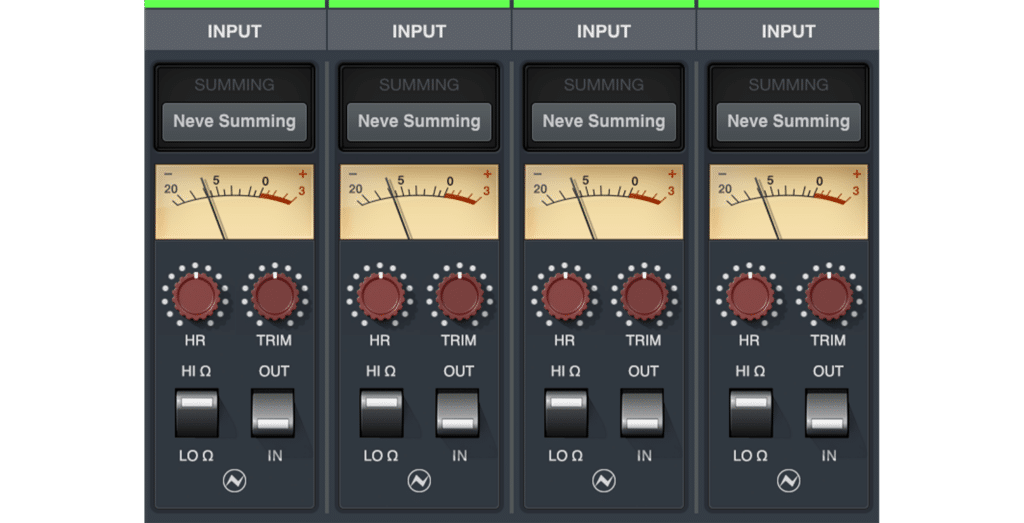
Digital summing is the process of combining multiple digital audio signals into a single output using a digital audio workstation (DAW) or other digital summing devices. Let’s take a closer look at digital summing.
1. The Basics of Digital Summing
In a digital summing mixer, the audio signals are represented by digital data (binary code). The DAW combines these digital signals using mathematical operations, with the end result being a single output signal.
2. The Pristine Factor
One of the most significant advantages of digital summing is the pristine, transparent quality it offers. Digital summing does not introduce any analog distortion, saturation, or harmonic content, which means that the final mix remains true to the original source material.
3. The Flexibility Advantage
Digital summing is highly flexible, allowing for a virtually unlimited number of input channels and processing options. This makes it ideal for complex projects and large-scale productions.
4. The Recallability Factor
One of the key benefits of digital summing is the ability to save and recall mix settings with ease. This makes it easy to revisit and tweak a mix at any time, without the need to re-create the entire mix from scratch.
That’s The Basics, Let’s Go Further
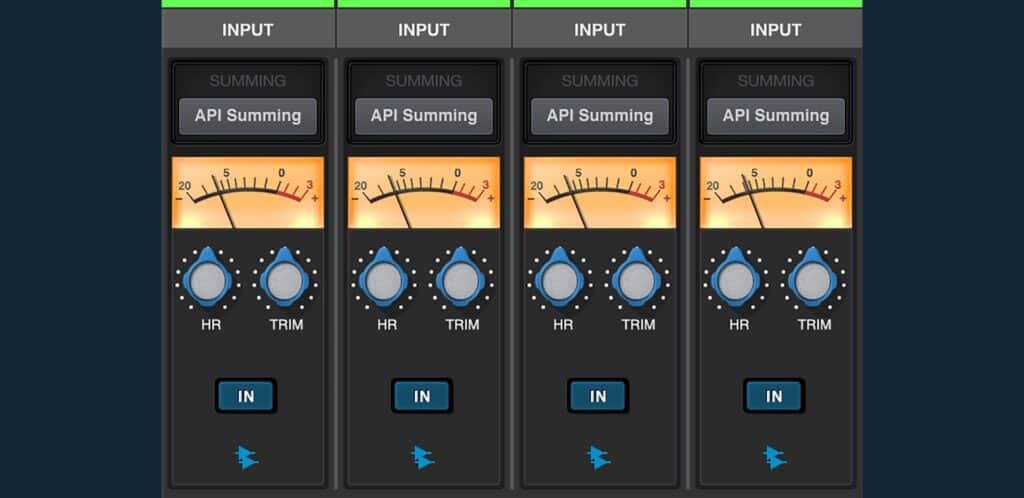
5. Bit Depth and Dynamic Range
In digital summing, the audio signals are represented by binary data, with each sample having a specific bit depth (e.g., 16-bit, 24-bit, or 32-bit). The bit depth determines the dynamic range of the audio signal, which is the difference between the loudest and softest sounds that can be represented. Higher bit depths allow for greater dynamic range, resulting in a more detailed and nuanced mix.
6. Sample Rate
The sample rate in digital summing refers to the number of samples taken per second to represent the audio signal. Higher sample rates (e.g., 96 kHz or 192 kHz) can result in greater audio fidelity and more accurate representation of the original source material. However, higher sample rates also require more processing power and storage space, which can be a trade-off worth considering.
7. Quantization Error and Dithering
In digital summing, the process of quantization is used to convert the continuous analog audio signal into discrete digital data. This process can introduce quantization errors, which manifest as low-level noise and distortion in the audio signal. To combat this, dithering is often applied during the quantization process. Dithering is a type of noise that is intentionally added to the audio signal to reduce the audibility of quantization errors. Dithering can be a double-edged sword, as it adds noise to the signal but can also improve the perceived audio quality.
Now that we’ve discussed both analog and digital summing, there is one more option to consider: a hybrid setup of analog and digital!
The Hybrid Approach
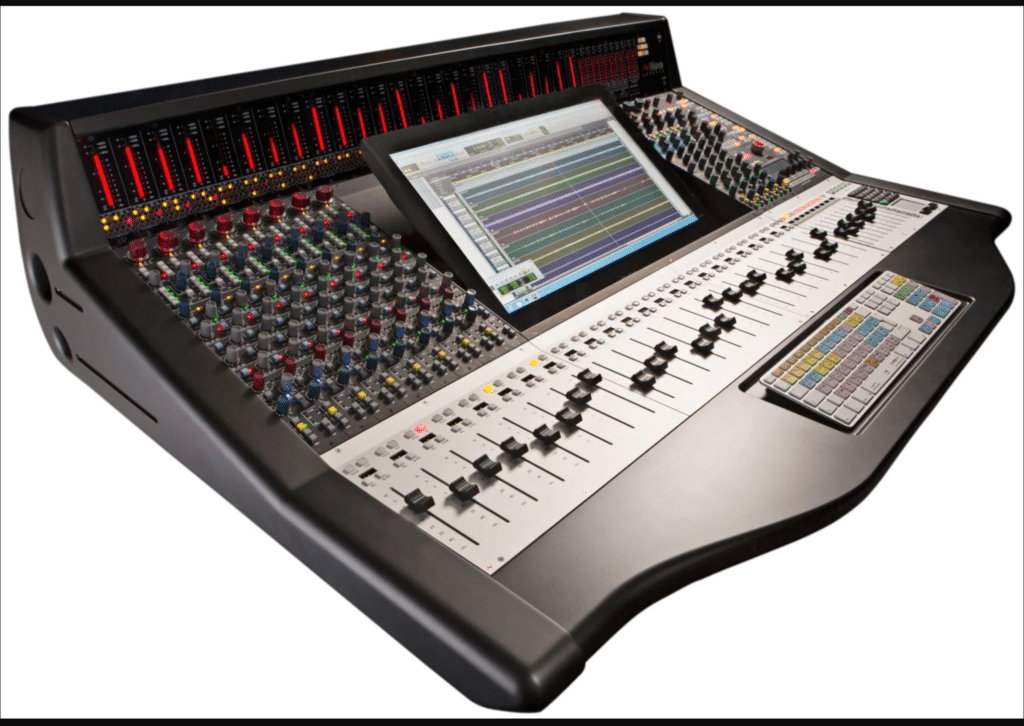
As mentioned earlier, a growing trend among audio engineers is the hybrid approach to summing, which combines elements of both analog and digital summing. This can be achieved in several ways:
1. Using an analog summing mixer with a DAW
In this setup, individual tracks from the DAW are sent to an analog summing mixer, where they are combined into a stereo mix. This mix is then sent back to the DAW for further processing or recording. This approach allows you to take advantage of the warmth and character of analog summing while maintaining the flexibility of digital processing in the DAW.
2. Parallel processing
Another approach to hybrid summing is parallel processing, where certain elements of a mix are processed using analog summing, while others are processed using digital summing. This allows you to selectively apply the characteristics of analog summing to specific
elements of your mix, such as drums or vocals, while retaining the pristine quality of digital summing for other elements, like orchestral instruments or synthesizers.
3. Using digital emulations of analog summing
In recent years, software developers have created digital plugins that aim to replicate the sound and behavior of analog summing mixers. These plugins typically model the characteristics of classic analog summing mixers, such as the SSL, Neve, or API consoles, and can be inserted directly into your DAW’s mix bus. While not an exact replacement for true analog summing, these emulations can still provide some of the warmth and character that many engineers seek.
Phew. That’s a lot of info. But it’s great info to know! Now, we can consider the pros and cons of each approach to help determine the best choice for your current situation and workflow.
Pros And Cons Of Each Approach
Analog Summing Pros:
- Warmth: Analog summing imparts a warm, pleasing character to the mix, thanks to the subtle distortion, saturation, and harmonic content introduced by the analog circuitry.
- Unique Character: The non-linear behavior of analog summing mixers can add a distinctive and musical character to the final mix.
- Forces You To Use Your Ears: When using an analog summing mixer, there are no detailed displays of frequency response, or detailed meters of signal level. You have to make decisions using your ears rather than relying on your eyes to determine how it sounds.
Analog Summing Cons:
- Limited Channel Count: Analog summing mixers are usually limited in the number of input channels they can accommodate, which may be restrictive for larger projects.
- Less Flexibility: Analog summing mixers offer less flexibility when it comes to processing options and routing compared to digital summing.
- Inconsistency: The analog components in a summing mixer can degrade over time, leading to potential inconsistencies in the mix.
Digital Summing Pros:
- Pristine Quality: Digital summing offers a pristine, transparent sound quality, ensuring that the final mix remains true to the original source material.
- Flexibility: Digital summing provides virtually unlimited input channels and processing options, making it ideal for complex projects and large-scale productions.
- Recallability: The ability to save and recall mix settings with ease makes digital summing a more convenient option for revisiting and tweaking mixes.
Digital Summing Cons:
- Lack of Warmth: Some audio engineers argue that digital summing lacks the warmth and character of analog summing, resulting in a less engaging mix.
- Potential for Clipping: Although digital summing provides a high degree of precision, it can be more prone to clipping when pushed to its limits.
Hybrid Summing Pros:
- Best of Both Worlds: The hybrid approach allows you to take advantage of the warmth, character, and perceived depth of analog summing while retaining the pristine quality, flexibility, and recallability of digital summing.
- Customization: By combining elements of both analog and digital summing, you can tailor your workflow to suit your specific needs and preferences, resulting in a more personalized mixing experience.
- Experimentation: The hybrid approach encourages experimentation, enabling you to explore different processing techniques and combinations to discover new and creative ways to shape your mix.
- Scalability: A hybrid setup can be easily scaled according to your project requirements. As your needs grow, you can expand your analog summing setup or rely more heavily on digital summing as needed.
Hybrid Summing Cons:
- Complexity: A hybrid setup can be more complex to set up and manage compared to a purely analog or digital setup. This can result in a steeper learning curve, especially for those new to the world of audio mixing.
- Cost: Integrating both analog and digital summing components into your workflow can be more expensive than opting for a purely analog or digital setup. This includes the cost of the analog summing mixer, additional hardware, and possible software plugins.
- Space Requirements: Combining analog and digital summing may require additional physical space in your studio for the analog summing mixer and any associated hardware. This can be a concern for those with limited studio space.
- Workflow Integration: Integrating a hybrid summing approach into your workflow may require additional time and effort, particularly when it comes to setting up the necessary routing and signal flow between your analog and digital components.
Choosing the Right Summing Method for Your Workflow
When deciding on the best summing method for your workflow, It comes down to a couple of different factors to consider:
1. Budget
Analog summing mixers can be expensive, particularly if you’re looking for a high-quality unit with a large number of input channels. Digital summing, on the other hand, is typically more affordable, as it is included as part of your DAW software. It’s crucial to weigh the costs and benefits of each method before making a decision.
2. Studio space and hardware requirements
Analog summing mixers require physical space in your studio, as well as additional cabling and other hardware components. If you have limited space or prefer a minimalistic setup, digital summing may be a more practical option.
3. Personal preferences and desired sound
The choice between analog and digital summing often comes down to personal preferences and the specific sound you’re trying to achieve. If you value warmth, character, and the classic sound of analog summing, an analog mixer may be the right choice for you. Conversely, if you prefer a clean, transparent, and highly flexible mixing environment, digital summing may be more suitable.
4. Project size and complexity
If you’re working on large-scale productions or projects with a high number of input channels, digital summing may be more practical due to its virtually unlimited channel count and flexible routing options. Analog summing mixers can be limiting in this regard, especially when working with a limited budget.
As we’ve explored in this in-depth analysis, both analog and digital summing have unique characteristics, benefits, and drawbacks. The choice between the two will depend on your personal preferences, workflow requirements, and the type of music you work with. It’s essential to experiment with different summing methods and trust your ears to find the approach that helps you achieve the sound you’re after.
The hybrid approach, which combines elements of both analog and digital summing, has become increasingly popular in recent years. This method allows you to harness the strengths of both analog and digital summing while mitigating some of their weaknesses.
The most important factor in choosing a summing method is to find the approach that best aligns with your creative vision and enables you to craft the best possible mixes. By understanding the nuances of both analog and digital summing, you’ll be well-equipped to make informed decisions that elevate your mixing skills to new heights.
Audio summing can turn a good mix into a great one, but achieving that perfect blend takes more than just the right tools. It takes experience and attention to detail. At Twisby Records, we bring both to every project we touch. Whether your goal is to add warmth and character or to maintain absolute precision, we tailor our mixing and mastering approach to suit your vision. Don’t settle for anything less than professional-grade sound—your music deserves to shine, and we’re here to help you make that happen

